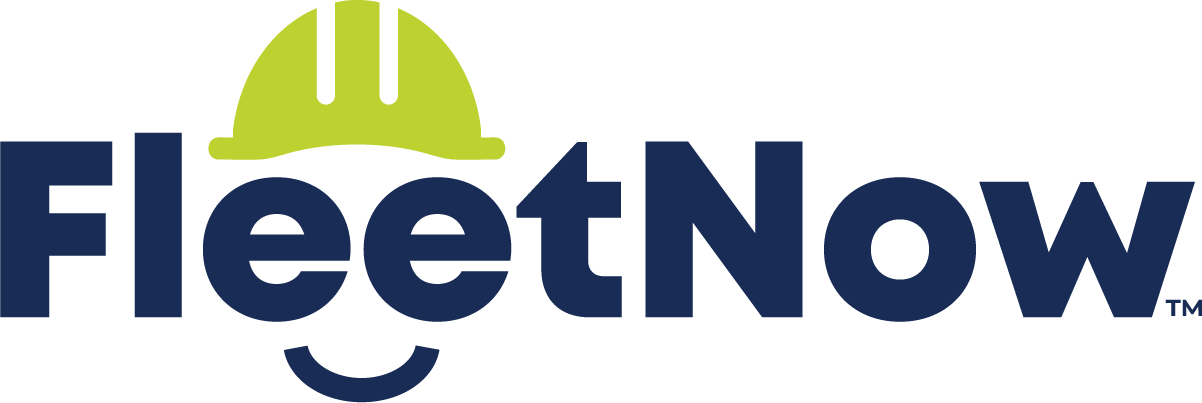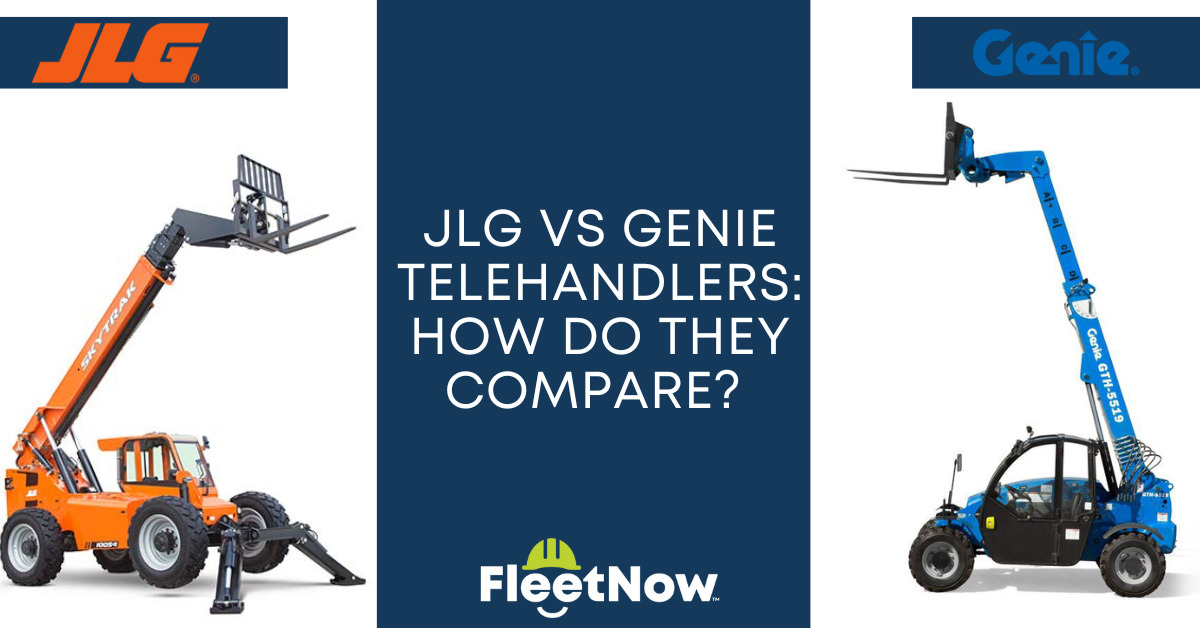Section 179 Deduction: Maximize Your 2025 Tax Savings
If you’re a business owner looking to upgrade your equipment, now is the perfect time to take advantage of the Section 179 tax deduction for 2025. This valuable incentive allows businesses to deduct the full purchase price of qualifying equipment and software in the year it’s purchased, offering significant tax savings.
How Can Section 179 Help Your Business Thrive in 2025?
1. Immediate Expense Deduction
With Section 179, you can write off the entire cost of qualifying equipment in the year it was purchased, instead of spreading the deduction over several years through depreciation. This gives you immediate tax savings and helps reduce your taxable income for the current year.
2. Boost Cash Flow
By deducting the full cost of equipment upfront, more cash stays in your business. Whether you’re looking to reinvest in operations, hire additional staff, or manage debt, Section 179 provides financial flexibility when you need it most.
3. Encourages Growth and Investment
Section 179 not only reduces your tax liability but also incentivizes investment. This is a great time to upgrade your equipment, invest in new technology, and enhance your productivity and competitiveness. The deduction makes it easier for businesses to make large purchases that would otherwise be delayed.
4. 2025 Deduction Limits
For the 2025 tax year, businesses can deduct up to $1,250,000 on qualifying equipment purchases, with a spending cap set at $3,130,000. This means any equipment purchases up to this amount can be fully written off, while larger purchases may still qualify for partial deductions.
Why is Now the Perfect Time to Buy?
If you’ve been thinking about upgrading your fleet or adding new equipment to your lineup, now is the time to act. Taking advantage of Section 179 in 2025 means you can immediately reduce your taxable income, keeping more money in your business.
At FleetNow, we offer a wide selection of high-quality, fully inspected heavy equipment that qualifies for the Section 179 deduction. From scissor lifts to boom lifts and skid steers, we have the machinery you need to keep your operations running smoothly—and tax-efficiently!
Ready to Upgrade? We’re Here to Help
If you have any questions about how Section 179 can benefit your business or if you’re ready to make a purchase, reach out to us today. Our team can help you find the perfect equipment to fit your needs, ensuring you get the most out of this valuable tax incentive.







